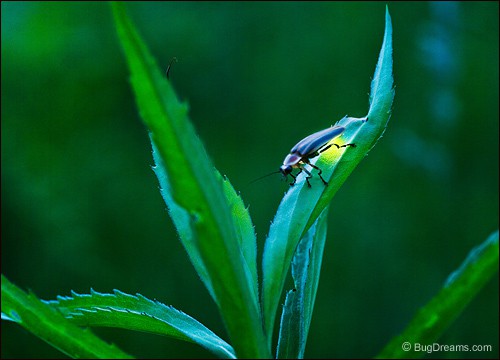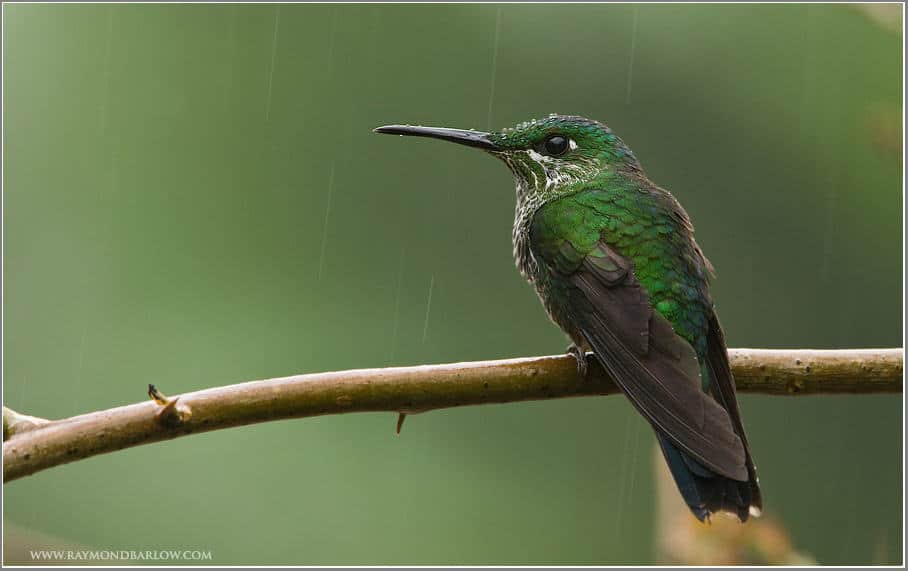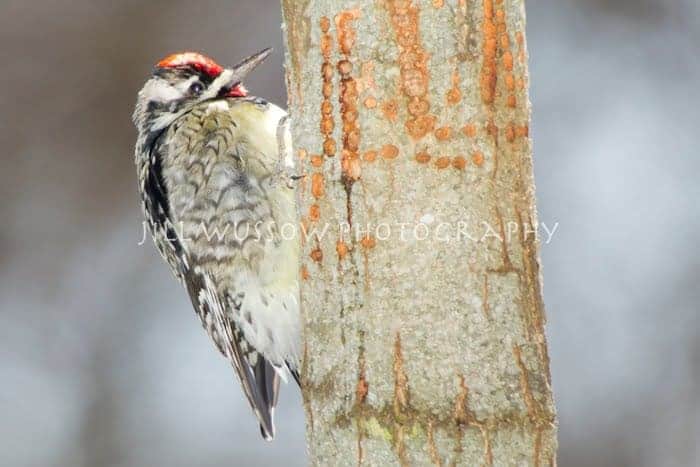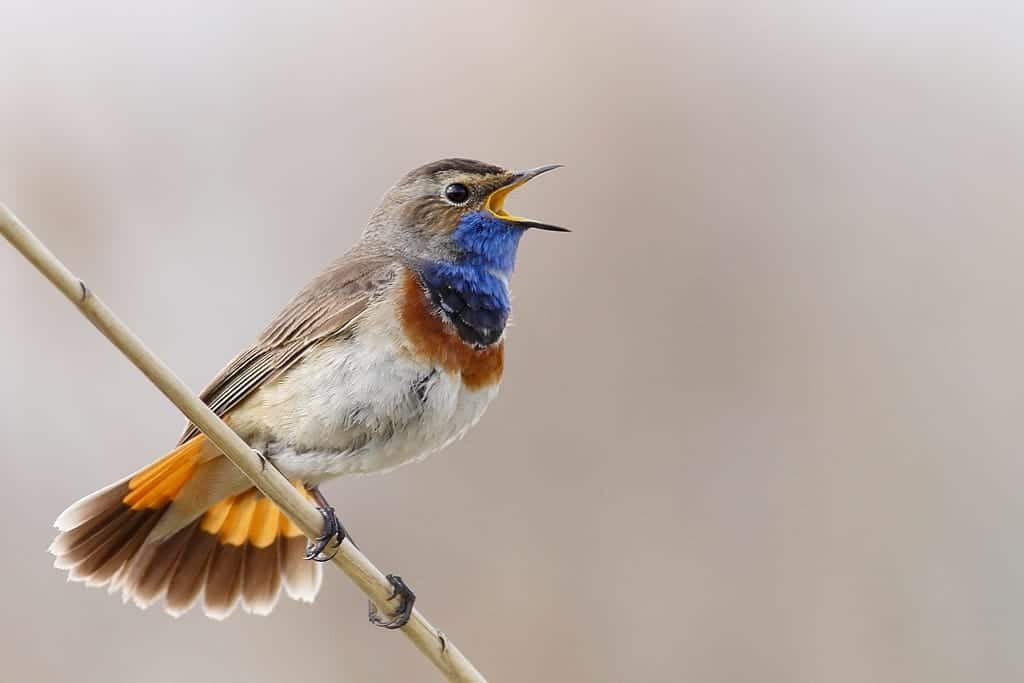I didn’t give Rusty Blackbirds enough credit previously. I like these guys. I like ’em a lot. Look at the lady, she’s beautiful! I’ve got too many things to do today – like run and pack (I’m moving to Austin for the field season to give my Golden-cheeked Warbler buddies some more attention). I finally […]

Unruly Atoms
In the shadow of a blue moon, a firefly cages unruly atoms, summer heat struggling to break free. • Firefly | Lampyridae | Photinus pyralis

Ile aux Aigrettes (Mauritius) – A conservation success story
Ile aux Aigrettes is a tiny coral island 800 metres off the south-east coast of Mauritius near the small town of Mahebourg and has been declared a nature conservation site (1965) run by the Mauritian Wildlife Foundation since 1987. The island is 26 hectares in size and is made of coralline limestone partially overlain by […]

Birding in Costa Rica – Green-crowned Brilliant (Heliodoxa jacula)
Most photographers run when they see rain, and I do understand why they are so concerned. Getting thousands of dollars worth of equipment wet is not a good option! I guess it goes without saying, I take a different approach to this opportunity. I actually get very energized. Shooting birds in the pouring rain is […]

Her Golden Eye
Shaking herself awake, a lacewing preens, her golden eyes scanning a world where nothing new has happened in years. • Golden-eyed Lacewing | Chrysopa oculata

Bald Ibis by Adam Riley
The world’s 28 Ibis species form the bulk of the family Threskiornithidae (Ibises and Spoonbills), and comprise an interesting group of long-legged, long-beaked, wetland, grassland and forest species. Some are on the brink of extinction (for example Crested, Sao Tome and Giant Ibis), yet others have taken to the modified human world and adapted to […]

Yellow-bellied Sapsucker
I may have temporarily blinded myself at some point taking photos of this cutie, but it was worth it. He was pretty geared in on eating and paid no heed to me. I like when that happens. I also like his tree art. Jill Wussow Photography

Bluethroat
End of March the Bluethroats are returning to the reed fields from their wintering sites. Males arrive first and start to build their territory by singing from high positions.
